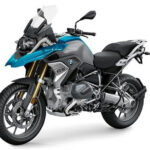Ever since I first laid eyes on Daryl Dixon’s motorcycle in The Walking Dead, I was completely captivated. Despite not being a typical fan of Cafe Racer styled bikes, this one struck a chord with me. My immediate reaction was to uncover everything I could about this machine – its origins, the base bike, and any available details. Fortunately, Classified Moto, the builders, provided a helpful, albeit brief, build sheet outlining the core components. Essentially, the build is a fusion of three distinct motorcycles:
- 1992 Honda Nighthawk 750
- 2008-2014 Yamaha YZF-R6
- Yamaha XS650 Standard (Likely a 1977 model)
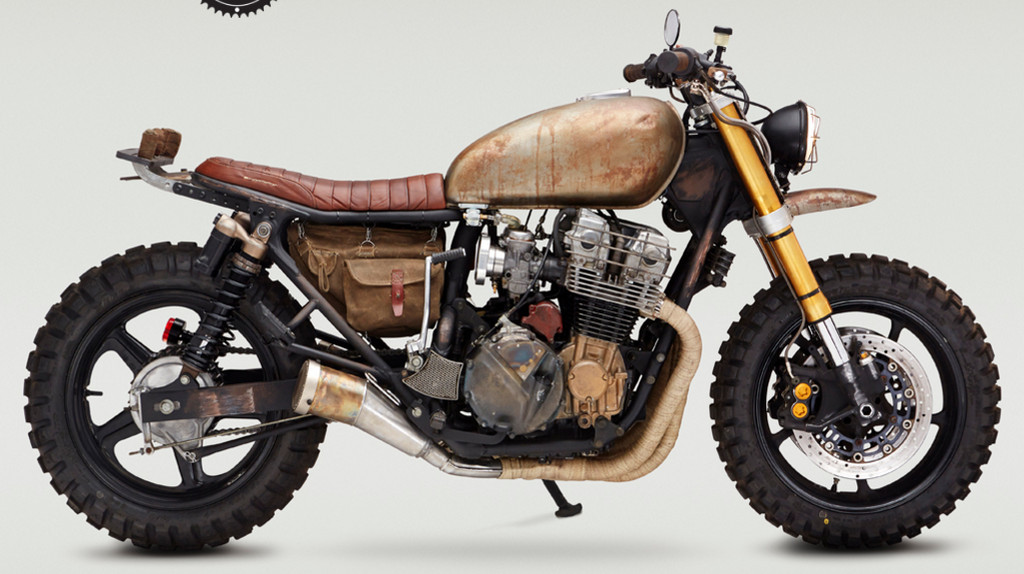 Classified Moto build of Daryl's Walking Dead motorcycle replica
Classified Moto build of Daryl's Walking Dead motorcycle replica
First Key Purchase: The 1992 Honda Nighthawk 750
My journey began with the hunt for the perfect foundation: a 1992 Honda Nighthawk 750. To maintain the authenticity of the replica, I specifically targeted the 1992 model and spent months searching. My persistence paid off when I discovered one in Orlando. The seller mentioned it hadn’t run in a month, a classic sign of potentially needing carburetor cleaning. Upon inspection, the bike showed signs of a minor front-end incident with broken turn signals and an aftermarket exhaust. Crucially, it wouldn’t start. Despite these minor setbacks, knowing these parts were destined for replacement anyway, I saw past the flaws. However, the initial asking price of $1500 felt too high given the condition. After some negotiation, I managed to bring the price down to $1300, and the Nighthawk was mine.
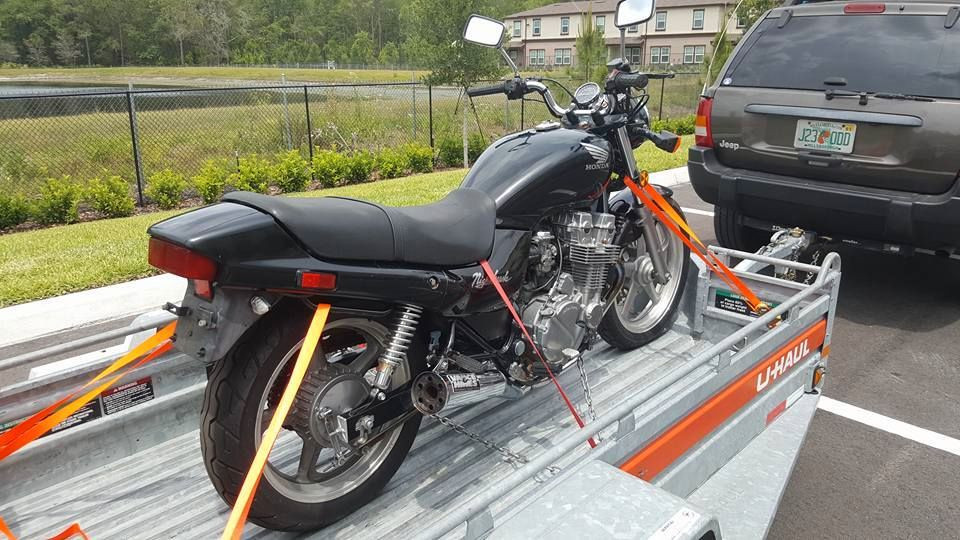 Honda Nighthawk 750 donor bike for Daryl's Walking Dead motorcycle project
Honda Nighthawk 750 donor bike for Daryl's Walking Dead motorcycle project
Transporting the bike home was straightforward. I unloaded it from the trailer, wheeled it into the garage, and called it a night. The next morning, a hopeful thought sparked. Before diving into carburetor cleaning, I decided to try starting it one more time. With some choke manipulation and persistent starter engagement, about 15 seconds later, the engine roared to life. After a brief warm-up, a quick ride around the block revealed some initial hesitation. However, a short burst down the highway cleared its system, and the Nighthawk ran like a champ.
Second Essential Find: The Stock Exhaust System
A non-negotiable requirement for the Nighthawk purchase was the presence of the stock exhaust. Unfortunately, finding a ’92 model with the original exhaust proved challenging. Those that did often came with high mileage or exorbitant prices exceeding $2000. eBay became my next hunting ground. I spotted an auction for a stock exhaust priced at $150 with free shipping, timed to end around the same time I was meeting the seller for the Nighthawk. Given the size and weight of an exhaust system, this was a steal. Having been relisted previously, I was optimistic about securing it. However, as fate would have it, I missed the auction’s end by about 15 minutes. It closed unsold, but I reached out to the seller. His dismissive response, claiming it was sold despite no bids, was perplexing. Luckily, fortune intervened. Another listing appeared, priced at $300 with free shipping. While described as more damaged, the affected areas were parts destined to be cut off for the build anyway. This listing included a “Make Offer” option. Starting with a low offer of $100 with free shipping, we negotiated to a final price of $150 with free shipping. Another victory! Here it is:
Third Major Component: The Yamaha R6 Front End
The Yamaha R6 front end proved to be a more intricate search. Identifying the specific year range compatible with the build required some digging. Apparently, certain years with gold forks were incompatible. However, it soon became clear that the desired front end originated from a 2008-2014 YZF-R6, identifiable by its gold dot calipers. eBay listings were plentiful, but complete sets were scarce. Often, components like the wheel, calipers, or controls were missing. Fortuitously, some listings were from a local shop. An email detailing my parts list led to a positive response; they had almost everything except the calipers. I secured the front wheel, brake discs, forks, trees, stem, and controls for $1000. The missing front axle and calipers were subsequently sourced on eBay for $20 and $100 respectively, and are currently en route. My collection so far:
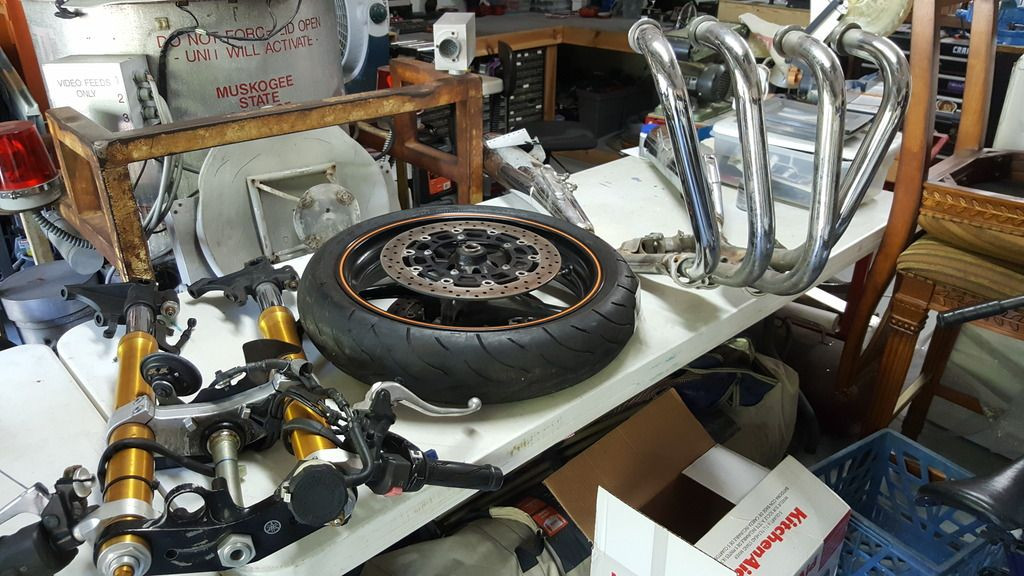 Yamaha R6 front end parts sourced for Daryl's bike replica project
Yamaha R6 front end parts sourced for Daryl's bike replica project
Fourth Detail: Exhaust Wrap and Securing Ties
Determining the correct color for the exhaust wrap presented a minor challenge. Reference photos showed variations, appearing titanium in some and tan in others. Ultimately, I opted for tan and ordered a 50-foot roll from eBay for $30. Based on reference images and color, a 2-inch DEI wrap seemed to be the closest match. While cheaper alternatives existed, cautionary tales from bike forums about inferior wraps led me to choose the trusted name brand.
 DEI tan exhaust wrap for custom motorcycle exhaust system
DEI tan exhaust wrap for custom motorcycle exhaust system
Fifth Significant Piece: The Handlebars
Classified Moto generously listed “SE CR Hi” handlebars on their build sheet. Initially cryptic, a quick search revealed “SE CR Hi” refers to Seven Eighths diameter with a CR Hi bend, manufactured by Pro Taper. eBay was, once again, the go-to source. The next hurdle was color: black or titanium? Seeking opinions, consensus leaned towards titanium, based on closer examination of reference shots. These Pro Taper handlebars cost $63.
That concludes the major component acquisitions for now. Currently, I’m in a holding pattern, awaiting the arrival of the remaining parts. In the interim, the focus shifts to identifying smaller, but equally crucial, details of the bike. This is where the collective knowledge of The RPF community comes into play.
First on the list is the perforated metal used on the exhaust and fork cover plate. The exhaust outlet measures approximately 4 inches in diameter. My estimation is that the perforations are 1/8 inch in diameter, and the metal is likely stainless steel.
 Perforated metal detail on Daryl's bike exhaust and fork cover
Perforated metal detail on Daryl's bike exhaust and fork cover
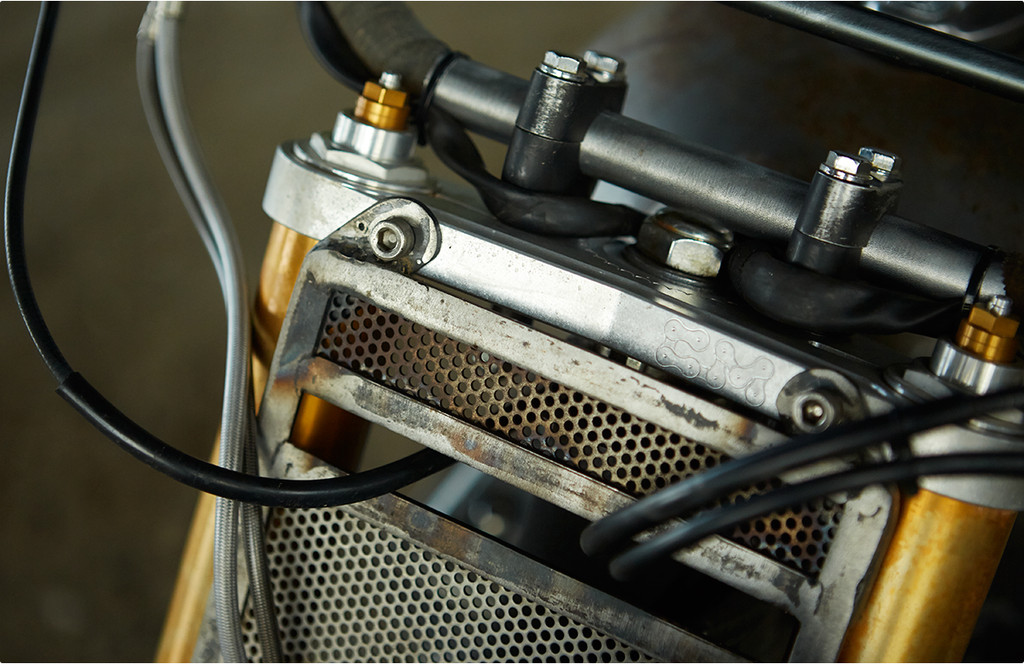 Close up of perforated metal on custom motorcycle exhaust
Close up of perforated metal on custom motorcycle exhaust
Next, the mesh size needs identification. A friend contacted Classified Moto and learned it was brass mesh, likely from shop surplus. Further research suggests it might be brass mesh commonly used in fuel applications. Confirmation is still needed. Visually, this mesh appears in two locations: on the exhaust and on the crankcase cover.
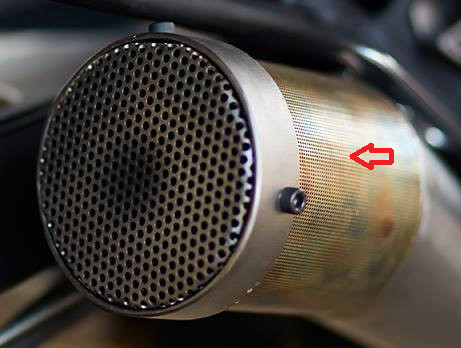 Brass mesh detail on Daryl's bike custom exhaust system
Brass mesh detail on Daryl's bike custom exhaust system
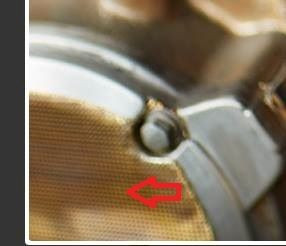 Brass mesh detail on crank case cover of custom motorcycle
Brass mesh detail on crank case cover of custom motorcycle
Lastly, identifying the manufacturer and models of the brake light, headlight, mirror, and kick starter remains. Any insights would be immensely helpful. Attempts to contact Classified Moto directly have been made, but they are understandably busy. I am also interested in potentially purchasing the seat, bag, and custom upper tree directly from them if possible.
That’s the progress so far. More updates to follow as the build progresses.

